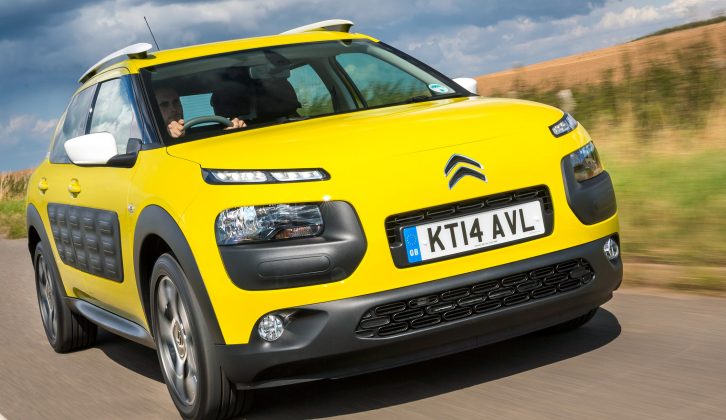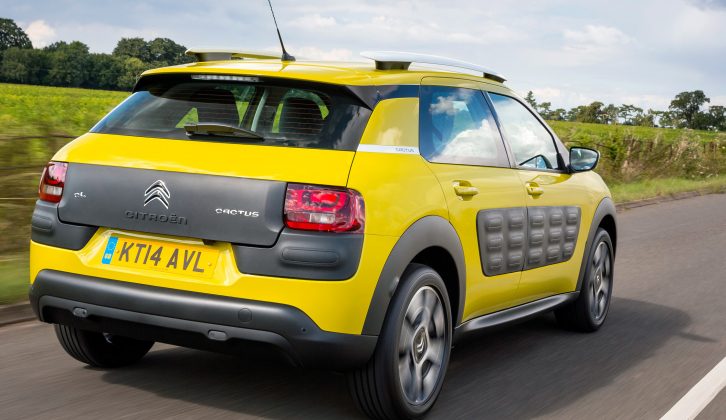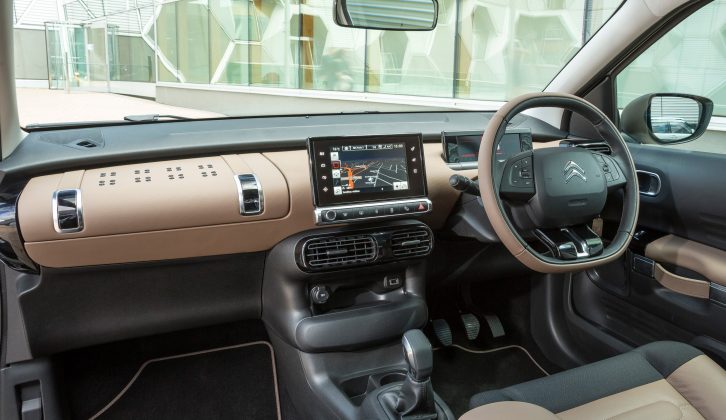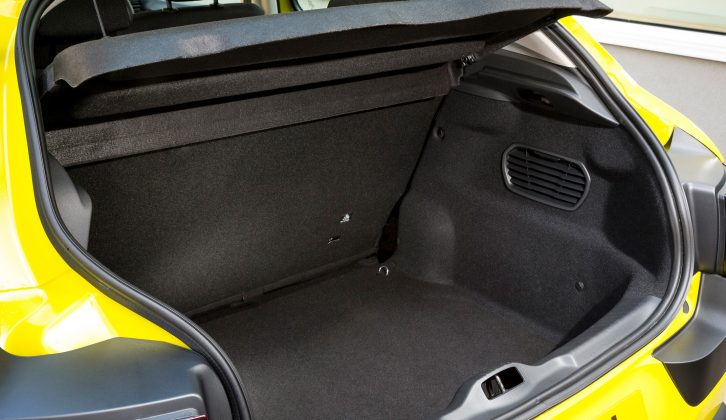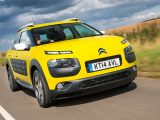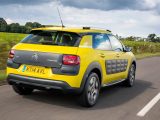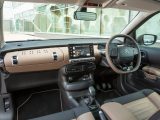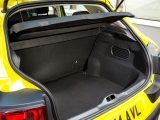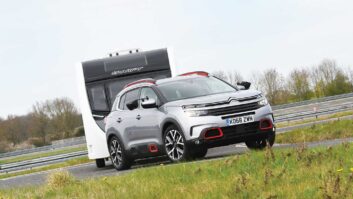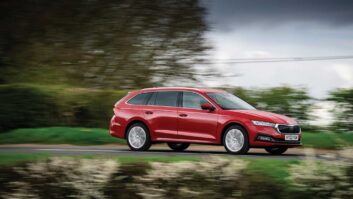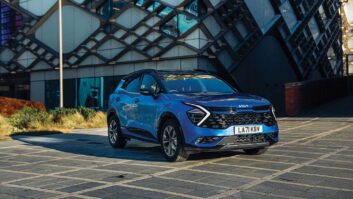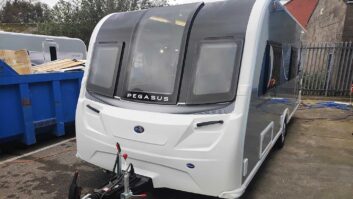It’s a prickly customer, the new Citroën C4 Cactus (sorry, I couldn’t help it). On the one hand Citroën’s new crossover has the makings of a handy tow car, with a choice of impressive petrol and diesel engines and a refreshingly different look inside and out. On the other hand, this is a very light car and even the most powerful diesel has a towing limit of just 825kg.
Mind you, there are caravans that weigh less than that, and share the Citroën’s striking looks. I could see a Pod looking at home behind a C4 Cactus, for example, and they only weigh 500kg when loaded. A 650kg Knaus Travelino, as seen at this year’s Düsseldorf Caravan Salon, would also make a good match. In all honesty, the drive to make cars lighter and more efficient isn’t going to end any time soon and so I can see cleverly packaged, lightweight caravans becoming increasingly popular, meaning cars like this are viable propositions when considering what tow car to buy next.
Setting aside the towing limit for a moment, the looks of the Citroën C4 Cactus are going to rule it in or out for many. I think it looks great, but a quick straw poll around the office drew as many quizzical frowns as thumbs up.
Whether you like the style or not there’s no denying the Cactus stands out. The most striking features are the Airbumps, air-filled polyurethane plastic side bumpers designed to protect the doors from minor dents and scratches.
I really like the way a practical and utilitarian idea has been made into a design feature. There’s even a choice of Airbump colours, and owners can change their mind after a while and fit replacements in a different shade.
Citroën hasn’t made the mistake of designing a quirky exterior then saddling the car with a middle-of-the-road cabin. Again, it’s a bit of a Marmite design (do the French know what Marmite is?). To my mind there are some very nice touches, like the door handles that look like suitcase straps and the glovebox’s briefcase-style catches. Perhaps I’ve spent too long listening to designers in black polo necks, but I like the way these references to luggage put you in mind of a long journey even if you’re just popping to the shops.
Some past Citroëns have shown style and flair but then prove disappointing once on the move. Not the C4 Cactus. I started out driving the BlueHDi 100 manual. Despite having a modest 98bhp and just 187lb ft of torque, it’s happy to gather speed at a decent rate, and while you wouldn’t call it whisper quiet, the engine isn’t intrusive once up to speed. Soft suspension makes for a comfortable ride most of the time, although it seems wrong-footed by really sharp bumps.
With a kerbweight of 1145kg, a noseweight limit of 55kg (the same across all versions) and a legal towing limit of 825kg, this is the model we’d choose for lightweight towing duties, especially with its official combined economy figure of 83.1mpg. Prices for this version start from £15,390.
Without a doubt, I’d take it over the automatic (well, the mechanised manual if you want to be pedantic). Not only is the e-HDi 92 ETG6 down on power and torque, gearchanges simply aren’t smooth enough unless you change gear for yourself using the steering wheel mounted paddles and ease off the throttle when you change gear. If you really must have an auto, this version is priced from £16,790.
If the 720kg towing limit doesn’t put you off, the Puretech 82 petrol is a lot more fun and is priced from £13,390. The engine revs enthusiastically and has a pleasing note, and the 61.4mpg economy figure should keep a lid on running costs. As a second set of wheels for a family with a bigger car to tow with, the Puretech 82 would be my pick of the range.
Whichever engine is chosen, though, there are a few things I’m not so keen on. Although the car has a respectable 358 litres of luggage space, there’s a big lip to load items over. If you need more space the back of the rear seat folds forward to make 1170 litres for bags, but it moves as one piece rather than splitting 60/40. The seatbacks don’t lie flat and there’s a step in the floor.
Rear seat space is there or thereabouts, but on models with the panoramic sunroof, headroom is tight. What’s more, the rear windows don’t wind down but pop out manually instead.
These quirks and compromises mean a Peugeot 2008 or Renault Captur are more practical choices than the C4 Cactus. Even so, it’s pleasing to see Citroën making such bold and individual cars again.
It's pleasing to see Citroën making such bold and individual cars again
